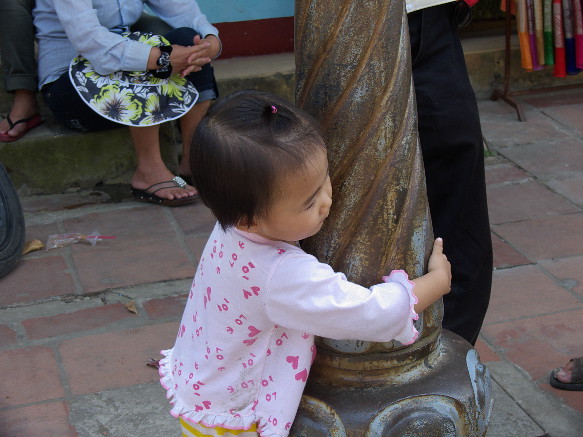Vietnamese Silk Industry: Traditions of Silk Production and Amazing Products

The Vietnamese silk industry has a long and storied history, dating back thousands of years. Known for its exquisite craftsmanship and beautiful designs, Vietnamese silk has become renowned worldwide. The process of creating silk in Vietnam involves a unique blend of traditional techniques and innovative approaches.
One of the key elements of the Vietnamese silk industry is the rearing of silkworms. Silk production begins with the cultivation of mulberry trees, as their leaves serve as the main source of food for silkworms. After the silkworms are fed and cared for, they start spinning their cocoons. These cocoons are then carefully unraveled to obtain the silk thread.
Once the silk thread is obtained, it undergoes a series of treatments to remove impurities and strengthen the fibers. Skilled artisans then dye the silk using natural dyes made from plants, creating a wide range of vibrant colors. The prepared silk threads are then woven using traditional looms, resulting in exquisite fabrics with intricate patterns.
One of the most fascinating aspects of the Vietnamese silk industry is the diversity of products that are made using this luxurious fabric. From traditional clothing such as the iconic 'ao dai' to elaborate tapestries and breathtaking home decor items, there is no shortage of creativity in the Vietnamese silk industry.
The ao dai, a traditional Vietnamese dress, is perhaps the most well-known silk product. This elegant dress typically consists of a long flowing gown with high slits on the sides, paired with loose trousers. The ao dai is often adorned with delicate embroidery and can be seen on special occasions and formal events.
Another remarkable product of the Vietnamese silk industry is silk tapestries. These intricately woven wall hangings depict scenes from nature, folklore, and daily life. The meticulous attention to detail and the vibrant colors make these tapestries true works of art.
Beyond clothing and tapestries, Vietnamese silk is also used in the creation of home decor items such as cushion covers, table runners, and bedspreads. These items add an elegant touch to any interior and showcase the beauty and versatility of Vietnamese silk.
In recent years, the Vietnamese silk industry has faced various challenges, including competition from synthetic fabrics and the rising costs of production. However, artisans and entrepreneurs have been proactive in preserving the traditional techniques and promoting the unique qualities of Vietnamese silk.
The Vietnamese silk industry continues to thrive and evolve, embracing modern technologies while staying true to its rich heritage. The combination of ancient traditions, skilled craftsmanship, and innovative designs ensures that Vietnamese silk remains a symbol of luxury and beauty.





